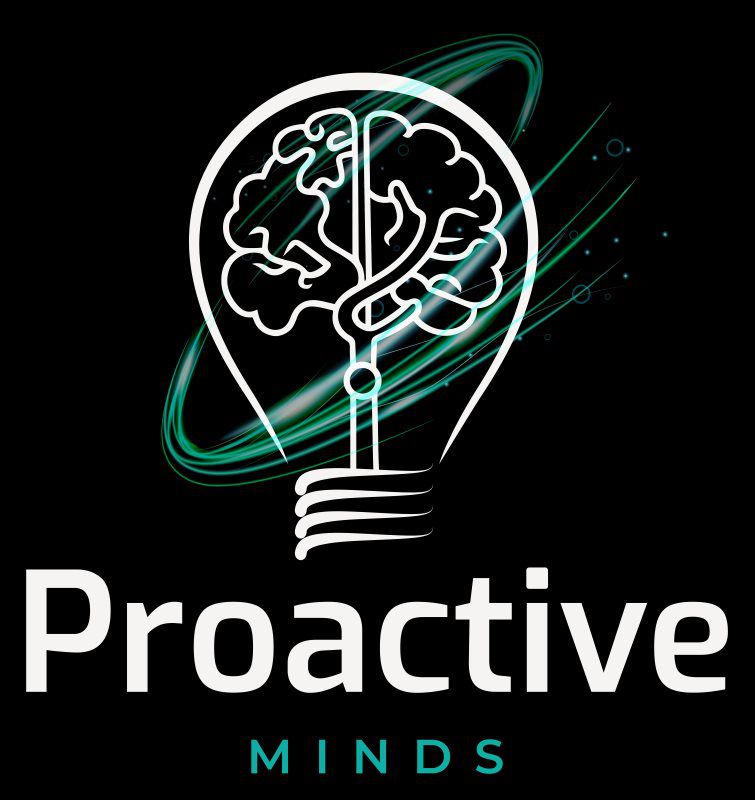ASAD RAFIQUE
What Is Panic Disorder?
Panic disorder occurs when you’ve suffered at least two panic attacks (in which you feel afraid and exhausted despite the fact that you’re not in danger) and you’re continuously worried and changing your routine to avoid having another.. Every year, one out of every ten adults in the United States suffers from a panic attack. The illness typically first presents between the ages of 15 and 25. It affects approximately 3% of adults, and it is more common in women than in males.
What Are the Symptoms of Panic Disorder?
A panic attack is an extreme fear that can strike anywhere at any moment. There can be four or more signs of a panic attack:
Fear of losing control or going insane
Sweating
Shaking or trembling
Breathlessness
Suffocation
Throat tightness
Cramps in your abdomen
Headache
Choking feeling
Muscle pain
Nausea or stomach pains
Feeling dizzy or faint
Chills or hot flashes
Numbness or tingling
Feeling unreal or detached from your environment
An attack lasts about 5 to 10 minutes on average, although it can last for hours. You might think you’re experiencing a heart attack or a stroke. As a result, persons who experience panic attacks frequently end up in the emergency room for examination.
Many persons with panic disorder may recall what they were doing at the time of the attack. They may believe the attack was started by the traffic, elevator, or workplace. Then they will avoid these certain locations. This can progress to agoraphobia, the fear of leaving the house or being in an open area. If you think you’re suffering from a panic attack, consult your provider as soon as possible. Panic Disorders aren’t harmful, but if left untreated, they can become worse.
Also, note that panic attack symptoms are comparable to those of more serious illnesses. To be safe, call your doctor if you’re not sure that you’re suffering from a panic attack.
What Causes Panic Disorder?
Experts aren’t sure what causes panic disorder, but one theory is that people with it have particularly sensitive brains when it comes to fear. Panic attacks are connected to phobias like school fear to claustrophobia. Oversensitivity to carbon dioxide, which causes your brain to believe you’re suffocating, is also thought to be a cause of the panic disorder.
Multiple factors can increase your chances of having panic disorder:
It runs in your family (but it’s unclear how much of it is due to your genes or the environment in which you grew up).
High levels of stress
Negative thoughts and feelings on a regular basis or difficulty dealing with negative emotions
Some feel that panic attacks are linked to:
Depression
Alcohol abuse
Cigarette smoking
Suicide risk
Seasonal affective disorder (type of depression that occurs during the winter)
Panic attacks usually strike “out of nowhere,” and they can even happen while you’re sleeping. Attempting to treat panic disorder with medicines or alcohol can trigger the symptoms. Attacks may occur as a result of the use of mind-altering medications.
Additionally, some drugs, such as antidepressants, can provoke panic attacks.
Panic disorder may develop as a result of:
A life-threatening disease or accident
The passing away of a close friend
Being cut off from family
The birth of a child
Although there is no proof that one illness causes the other, people with this disorder also suffer from serious depression. If you’re over 40 and have panic disorder, you could be suffering from depression or another undiagnosed medical problem. Find out what’s going on by talking to your doctor.
How Is Panic Disorder Diagnosed?
Panic disorder does not have a specific lab test. Because the symptoms are similar to a heart attack, your doctor will most likely begin by evaluating you and ruling out other possible causes. When you’ve two or more sudden panic episodes and are afraid of having another, you probably have panic disorder.
What Is the Treatment for Panic Disorder?
A psychotherapist is a specialist to whom your doctor may refer you. They might suggest:
Cognitive-behavioral therapy (a sort of talk therapy that teaches you how to change negative thoughts and behaviors that trigger panic attacks.)
Antidepressants such as selective serotonin reuptake inhibitors (SSRIs) and serotonin and norepinephrine reuptake inhibitors (SNRIs) are used to treat depression (SNRIs)
Alcohol limit
Deep breathing exercises
Benzodiazepines are sedatives that impact your central nervous system. (They shouldn’t be used for lengthy periods of time because they can make you addicted.)
Caffeine reduction
Regular exercise
Anti-anxiety medicine is a type of medication that is used to treat anxiety. (Like benzodiazepines, these have a superior short-term effect.)






